The glorious capital of Portugal
Texts by Alisè Vitri
Lisbon, the wonderful capital of Portugal, proudly preserves a glorious colonial past. Very few capitals in the world are able to encapsulate, like Lisbon, the very essence of the life and history of an entire country. In the monuments and atmosphere of this city, you can touch the soul of a people who have a deep relationship with the sea and the first epic conquests overseas.
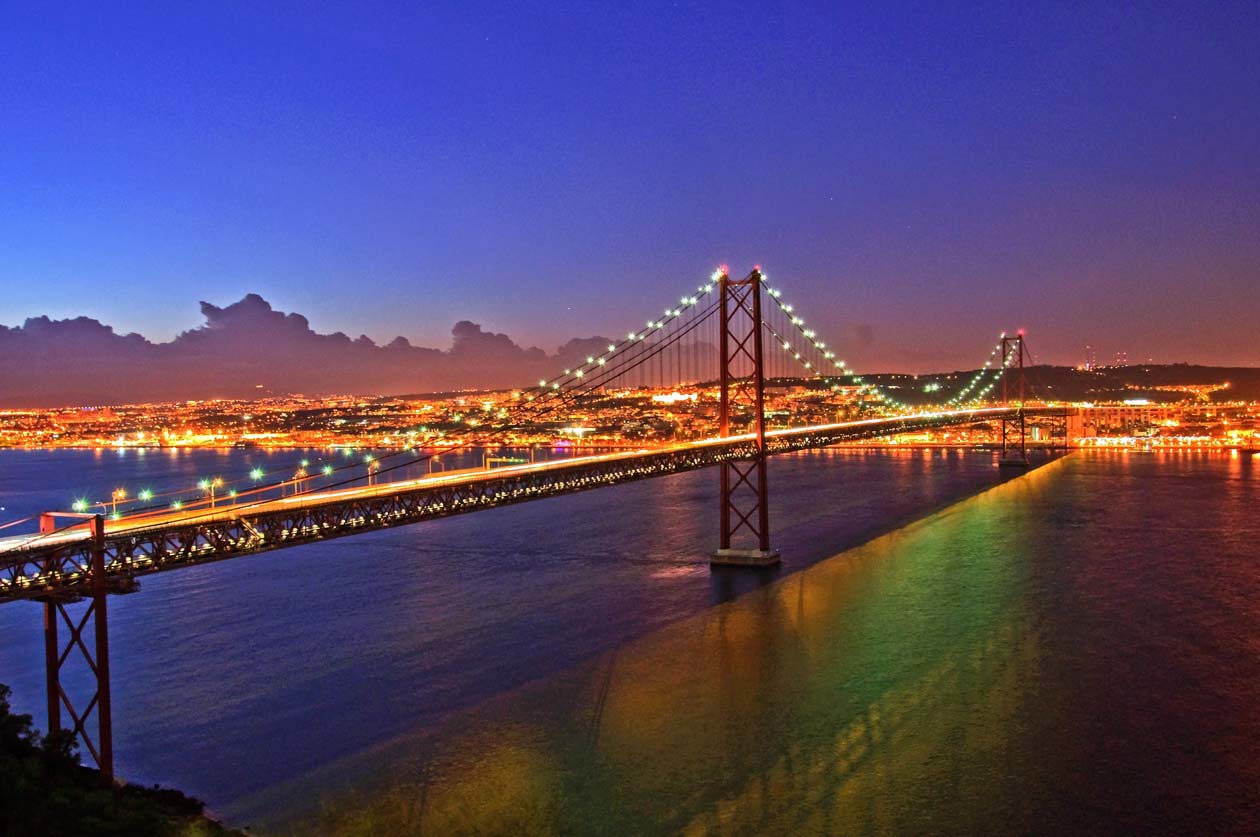
The 25th of April Bridge in Lisbon. Photo: Copyright © Sisterscom.com / Depositphotos
Located at the mouth of the Tagus River, Lisbon is connected by two imposing bridges, the "25 April Bridge" and the "Vasco de Gama Bridge", the latter inaugurated in 1998 on the occasion of the Universal Exposition, celebrated to commemorate the 500th anniversary of the discovery of the Indies. During this event, the Parco das Nacoes, which hosted the Exposition, was transformed into a charming urban oasis, full of shops and bars, ideal for taking a bike ride or immersing yourself in lush nature. One of the main attractions of the Park is the Oceanarium, one of the largest aquariums in the world.

Parco das Nações - the new district of Lisbon. Photo: Copyright © Sisterscom.com / Depositphotos
After the epochs of great conquests, Lisbon and Portugal experienced a period of great economic prosperity that attracted many foreign artists to the country. This led to a universal meeting of cultures, evident in the Manueline architectural style, which developed during the reign of Don Manuel I, the first Portuguese ruler (1495-1521). A significant example of this style is the Jeronimos Monastery, located in the Belem district, which stands on the site of a modest chapel once frequented by sailors departing or returning from their expeditions.

Jeronimos Monastery in Lisbon. Photo: Copyright © Sisterscom.com / Depositphotos
It was Don Manuel I who transformed that chapel into a magnificent monument in honor of the Virgin of Belem, protector of sailors, after the success of Vasco de Gama's expeditions. The Manueline style has various elements of marine derivation, such as sculptures of ropes, anchors, chains and shells, but is also characterized by the presence of the armillary sphere, a navigational instrument and symbol of King Manuel I, which still appears today in the Portuguese coat of arms. Near the Monastery stands the Belem Tower, another Manueline-style wonder, a white stone jewel that stands at the mouth of the Tagus River, and was the starting point for great discoveries.

Belem Tower in Lisbon. Photo: Copyright © Sisterscom.com / Depositphotos
The azulejos, a legacy of the Arabs who lived in Lisbon for almost four centuries, give the city a unique and vibrant touch. In Arabic, "al-zuleique" meant a "small smooth and polished stone" used by Muslims in the Middle Ages. The use of azulejos to decorate floors and walls was very popular with the Portuguese kings, so much so that at the end of the fifteenth century they began to produce them locally. In the eighteenth century, this art form became one of the main decorative elements of the country, invading churches, palaces, mansions, gardens, fountains and stairways. Portugal is the country that has loved and used azulejos more than any other in the world, and their history can be relived in the Museo Nacional do Azulejos.
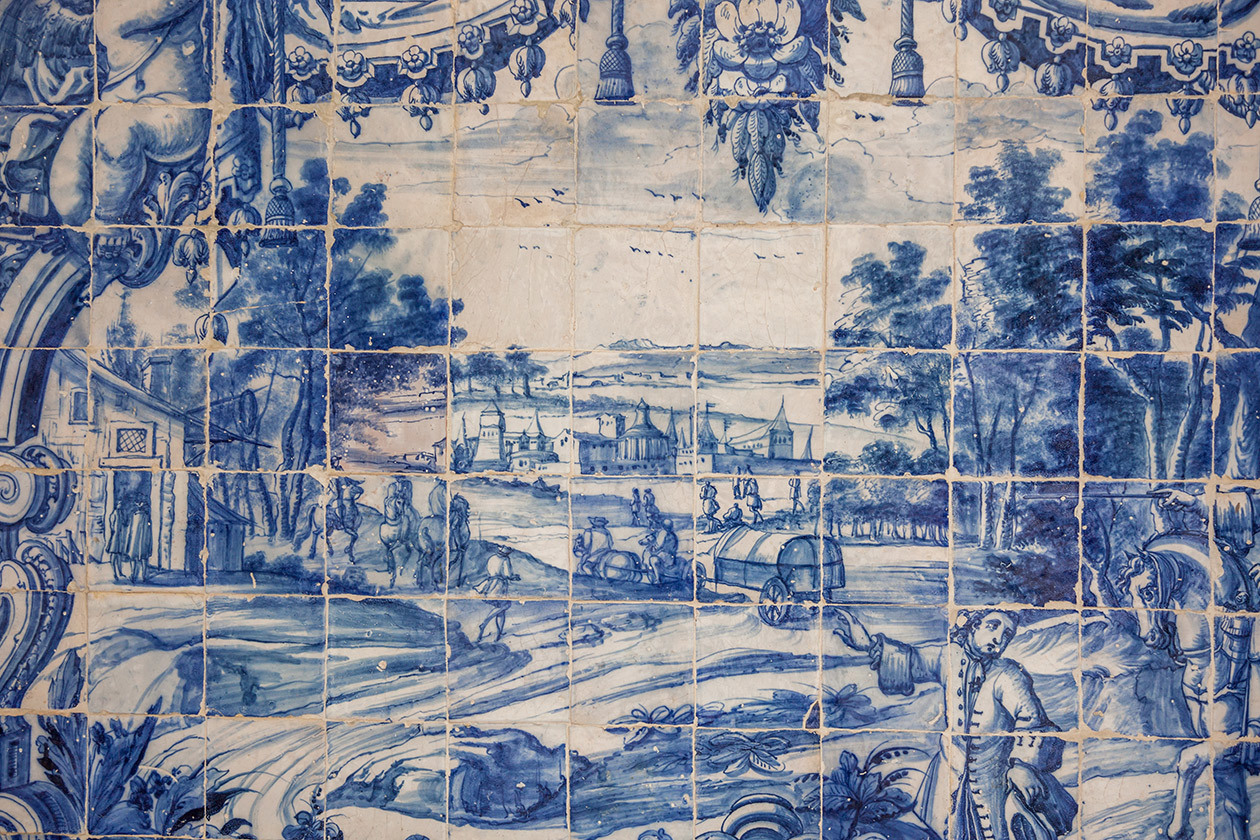
The typical azulejos decorative Portuguese tiles. Photo: Copyright © Sisterscom.com / Depositphotos
Lisbon is also the cradle of fado, a melancholic and poignant song that expresses the feeling of the Portuguese people, accustomed to continuous detachments from their land, farewells and nostalgia caused by the continuous departures by sea. Fado, made famous all over the world by Amalia Rodriguez, resonates in every club in the city and is almost a national symbol.

The Fado Museum in Lisbon. Photo: Copyright © Sisterscom.com / Depositphotos
It is not surprising that its characteristics have led to its inclusion in the UNESCO Intangible Heritage of Humanity list.
Video: Copyright © Visit Lisboa.
|
Advertising content
Museums and attractions
Tiqets is an online booking platform for travelers from all over the world that offers a rich cultural variety through museums and tourist attractions. By purchasing the Lisbon card you can access 38 attractions (museums or monuments) in the city for free, including the Torre de Belém and the Mosteiro dos Jerónimos, the Santa Justa elevator; enjoy unlimited free travel by bus, metro, tram (including Tram 28) and lifts as well as receive discounts in various clubs, restaurants and shopping centres.
|
|
A BRIEF HISTORY OF LISBON
Lisbon has a rich and fascinating history that dates back more than 2,000 years.
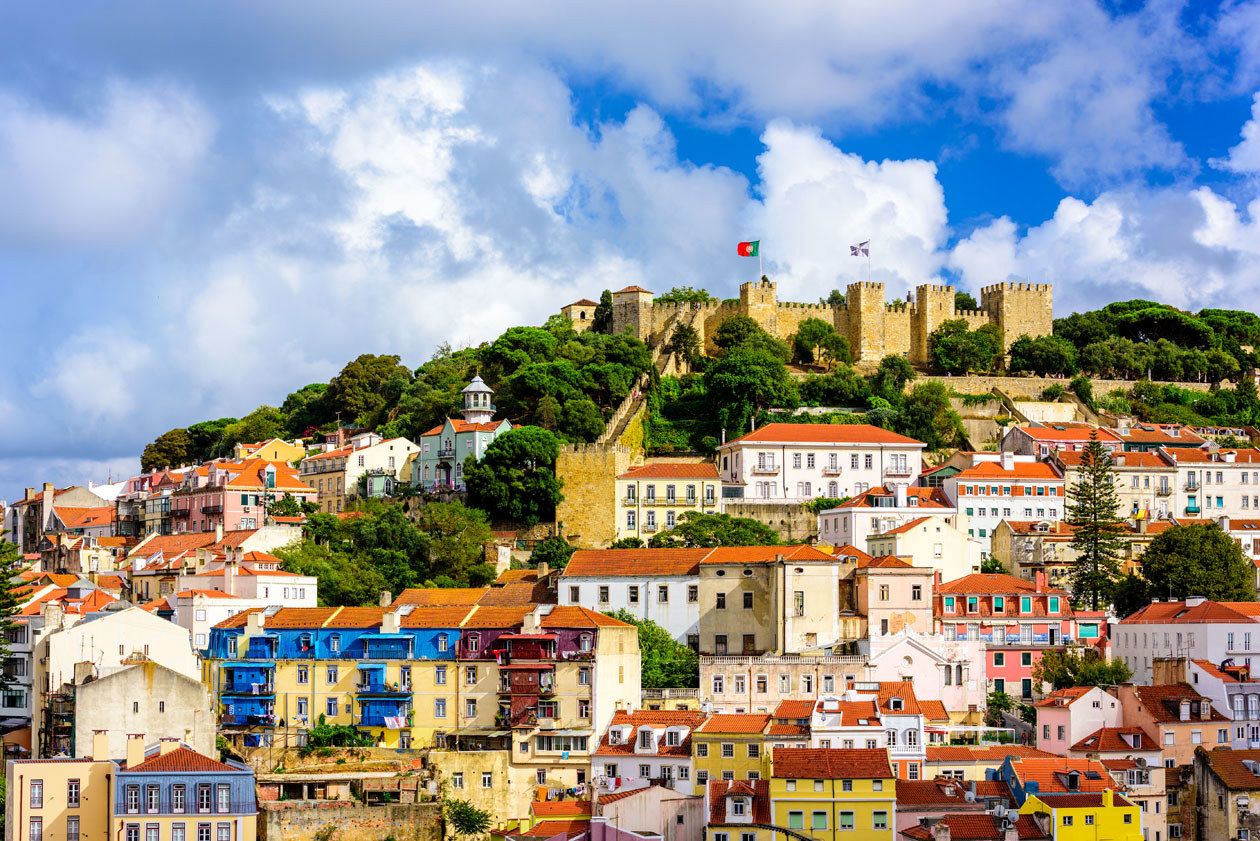 Lisbon. Photo: Copyright © Sisterscom.com / Depositphotos
Foundation
According to the most reliable sources, Lisbon was founded around 1200 BC by the ancient Phoenicians with the name of "Alis Ubbo" or "Delicious inlet". In the second century BC, the Romans named the city "Olisipo" and it was later designated as "Felicitas Julia" in honor of Julius Caesar, later becoming an important trading port and military base. In the fifth century the city was invaded by barbarian populations, first by the Alans and later by the Visigoths.
 Palácio da Pena in Sintra near Lisbon. Photo: Copyright © Sisterscom.com / Depositphotos
Moorish period
In 714 AD, the city of Lisbon was occupied by the Moors during the Muslim invasion of the Iberian Peninsula and became part of their kingdom. Under Moorish rule, the city experienced a period of prosperity and growth. In fact, the Moors exerted a considerable influence on the culture and architecture of the city. Arab rule lasted four centuries.
 Belém Tower in Lisbon. Photo: Copyright © Sisterscom.com / Depositphotos
Christian Reconquest
In 1147 Lisbon was conquered by Christians led by Dom Alfonso Heriques, the first King of Portugal and this event marked the beginning of the period of Portuguese rule throughout the region.
In 1255 , King Alfonso III of Portugal gave Lisbon the title of "city", which would later become the capital of the Kingdom of Portugal, thus beginning its growth as a political and economic center.
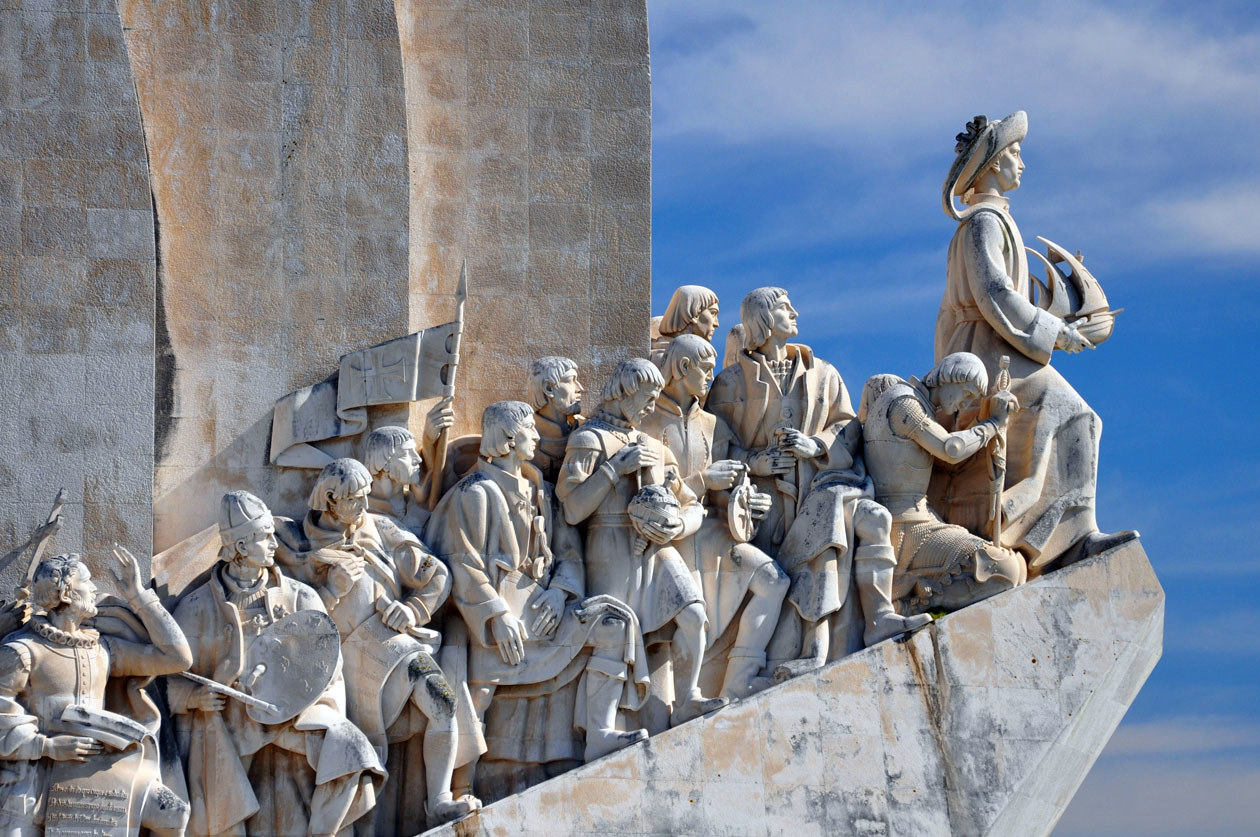 Monument to the Discoveries in Belém on the bank of the Tagus River . Photo: Copyright © Sisterscom.com / Depositphotos
Age of Portuguese discoveries
In the fifteenth century , Lisbon became a center of navigation and trade during the Portuguese Age of Discovery. The explorer Vasco da Gama set out from Lisbon to discover new sea routes to India, rounding the Cape of Good Hope, establishing the expansion of the Portuguese colonial empire.
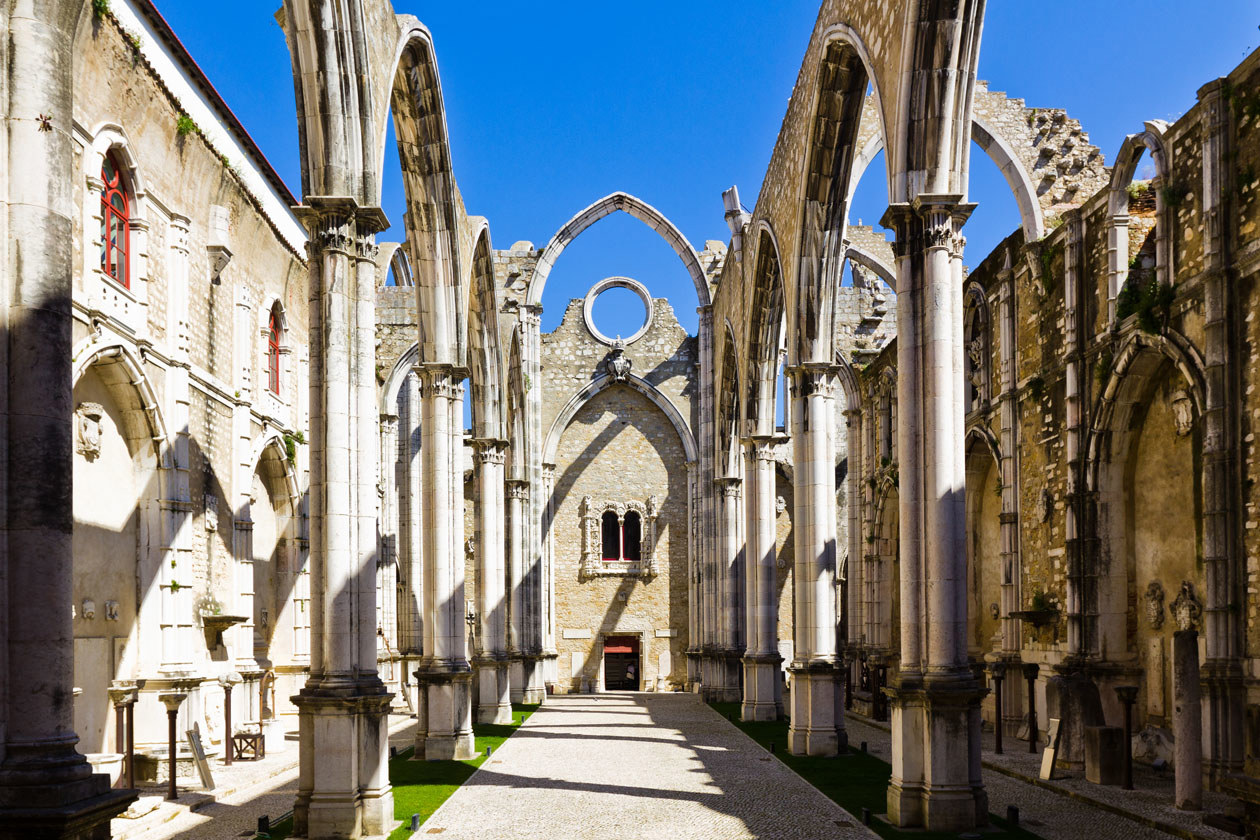 Convento do Carmo in Lisbon. Photo: Copyright © Sisterscom.com / Depositphotos
Earthquake of 1755
In 1755, Lisbon was devastated by an earthquake of magnitude 9 on the Richter scale followed by a tidal wave and a fire. The city suffered serious damage and thousands of people lost their lives. The earthquake marked a turning point in Lisbon's history and architecture. The reconstruction began with the prime minister of the time, the Marquis of Pombal, who rebuilt the city of Lisbon according to modern choices and in the neoclassical style of the time.
 Vasco de Gama Tower and Bridge in Lisbon. Photo: Copyright © Sisterscom.com / Depositphotos
Modern and contemporary period
In the nineteenth century , Portugal was conquered by Napoleon's troops and then passed under English rule. It remained a constitutional monarchy until the uprisings that led to the birth of the republic in 1910. In 1926 Antonio de Oliveira Salazar came to power and established a fascist regime until 1974, when the Carnation Revolution brought democracy.
Over the centuries Lisbon has seen considerable urban development and an increase in tourism, especially in recent decades.
Today, Lisbon is a vibrant city, combining its rich historical heritage with modern urban life. Through its charming neighborhoods, cultural attractions, and architectural beauty, Lisbon remains a popular destination for visitors from all over the world.
|
Gity Guide Lisbon
Texts: Copyright © Sisterscom.com / Avion Tourism Magazine
Photo: Copyright © Sisterscom.com / Depositphotos
Reproduction is prohibited.
Reproduction is prohibited.
|
Advertising content
Travel insurance
Before leaving for any trip, it is advisable to take out insurance for any eventuality ranging from the loss or theft of luggage, documents to coverage of health expenses in the event of an accident. You can find several companies that offer customized travel insurance according to your needs and offer free quotes. For example, among the best, there are: Allianz, Axa, Columbus and Coverwise.
|
|
Advertising content
Search flights
Skyscanner is a travel search engine that allows users to compare the prices of flights, hotels and car rentals, thus helping to find the best deals available and simplifying the booking process.
|
City Guide Lisbon
Supplement to Avion Tourism Magazine N10/2022
Issue closed in the Editorial Office on 15 June 2023
Editor in chief: Angela Trivigno. Contributors: Alisè Vitri, Enzo Cuppatri, Lisa Maria River. Cover photo: Copyright © Sisterscom.com Snc / sepavone / Depositphotos.com. Photographs: Copyright © Sisterscom.com Snc with a license to use images purchased from Shutterstock.com and Depositphotos.com Photos for editorial use only. Credits indicated under each photo and/or video posted. Press Offices and Tourist Boards: visitlisboa.com, visitportugal.com. Avion Tourism Magazine: closed in the Editorial Office on 15/06/2023 and published on www.aviontourism.com Registration: Press Register Court of Bergamo No. 9/2019 of 03/07/2019. Frequency: quarterly. Publisher, Management, Editorial Staff, Administration and Concessionaire: Sisterscom.com Snc - Via Piave, 102 - 23879 Verderio (Lc) - Italy. P.Iva/C.F. 03248170163 - Registro delle Imprese di Lecco Numero LC-304260. Literary and artistic property: Copyright © Sisterscom.com Snc. All rights reserved. Reproduction in any form is prohibited.

 You're browsing offline! External links will become available when you're online
You're browsing offline! External links will become available when you're online





